UTAH TRANSIT AUTHORITY
Leveraging the Power of the Cloud Inventory® Platform
Utah Transit Authority (UTA) provides a public mass transportation system for Utah communities with a fleet that includes over 600 buses and paratransit vehicles, 400 vanpools, 146 light rail vehicles, 63 commuter rail cars, and 18 locomotives in a 1,600 square mile service area. Each area is unique, with distinct requirements from vehicle maintenance and facilities upkeep to tracking parts and time.
Challenge
To optimally manage such a diverse fleet over a wide area requires data integrity. With paper-based processes across several departments, first and foremost UTA needed to clean up data. It sought a scalable, integrated solution that could help automate processes and provide real-time visibility to accurate, up-to-date information.
In the transit industry, data integrity doesn’t just impact the efficiency of operations, it’s also crucial to compliance with regulatory bodies including the Federal Transit Administration (FTA) and the American Public Transportation Association (APTA). To ensure safe and effective transportation, it’s necessary to closely monitor performance issues such as the mileage of each bus.
One of the critical areas requiring improved data was in tracking work orders. The manual processes needed to be streamlined to ensure accurate data made it into the back-end system. Solving this business challenge left UTA with two options: it would either need to customize their enterprise system, a costly process that can have unpredictable consequences; or, UTA could mobilize and optimize the work order process using a platform-based solution.
Solution
UTA chose Cloud Inventory® for its platform with seamless, pre-built integrations into its enterprise software system that could be adapted to its existing process flows. The agency started with streamlining work orders and implementing a mobile app built in the DSCP’s rapid development environment with a point and click interface.
According to James Baxter, manager of maintenance administration for the Utah Transit Authority, “In about six months we rewrote, turned around and deployed from our original concept and did away with the manual maintenance time entry system. It was all about data entry—filtering at the front end to prevent errors on the back end.”
Results
The improved process reduces the number of steps down to one screen displaying only the information necessary to a busy mechanic. And with one click, the data automatically propagates to multiple locations, saving time and effort, and most importantly ensuring accurate data in the system of record.
Baxter said, “Cloud Inventory helps us streamline and error-proof on the front end so we can filter the data and make it as error-free as possible before it goes into the system, at the same time giving our mechanics more time to work, rather than be data entry clerks.”
Other streamlined processes have improved reliability, including that of vehicle performance. The DSCP gives technicians and managers instant access to important data, such as graphs that show miles per gallon compared to the fleet average. UTA can monitor data to perform tune-ups only when vehicle performance has degraded. Technicians can make data-driven decisions based on comparisons that now take minutes instead of hours, saving valuable time, labor and parts.
With the flexibility and agility of Cloud Inventory’s platform, UTA realized an enormous opportunity. It could easily customize out-of-the-box apps to meet any number of unique business needs, without touching back-end systems. “Now, we can change our software to match our processes, rather than changing the hard coding of the back-end system,” said Baxter. “If you have a platform when you’re thinking about these ideas, you can create them. You can do them. You’re in control of your own destiny.”
The success of UTA’s initial Cloud Inventory deployment to fixed-route bus and paratransit led the company to expand its use to light rail, and shortly thereafter to commuter rail. With the training the agency received on the platform, UTA designed and implemented a creative app that saves facilities maintenance workers hours and ensures a high-quality transit experience for customers.
UTA now has a platform that gives it the self-sufficiency to build apps to meet its unique needs. “Our only limitation is our creativity,” said Baxter. The transit authority will expand its use of the DSCP throughout its operations this year. And it is not stopping there—the team is always thinking up new uses to gain further efficiency, including initiatives like ‘bring your own device.’
Industry
Transportation
ERP: JD Edwards EnterpriseOne
Highlights
Streamlined work orders with point and click interface
Reduced errors by eliminating manual data entry
Saved time, labor and parts by enabling predictive maintenance
Gained self-sufficiency to design and build more apps
“If you have a platform when you’re thinking of these ideas, you can create them. You can do them. You’re in control of your own destiny.”


